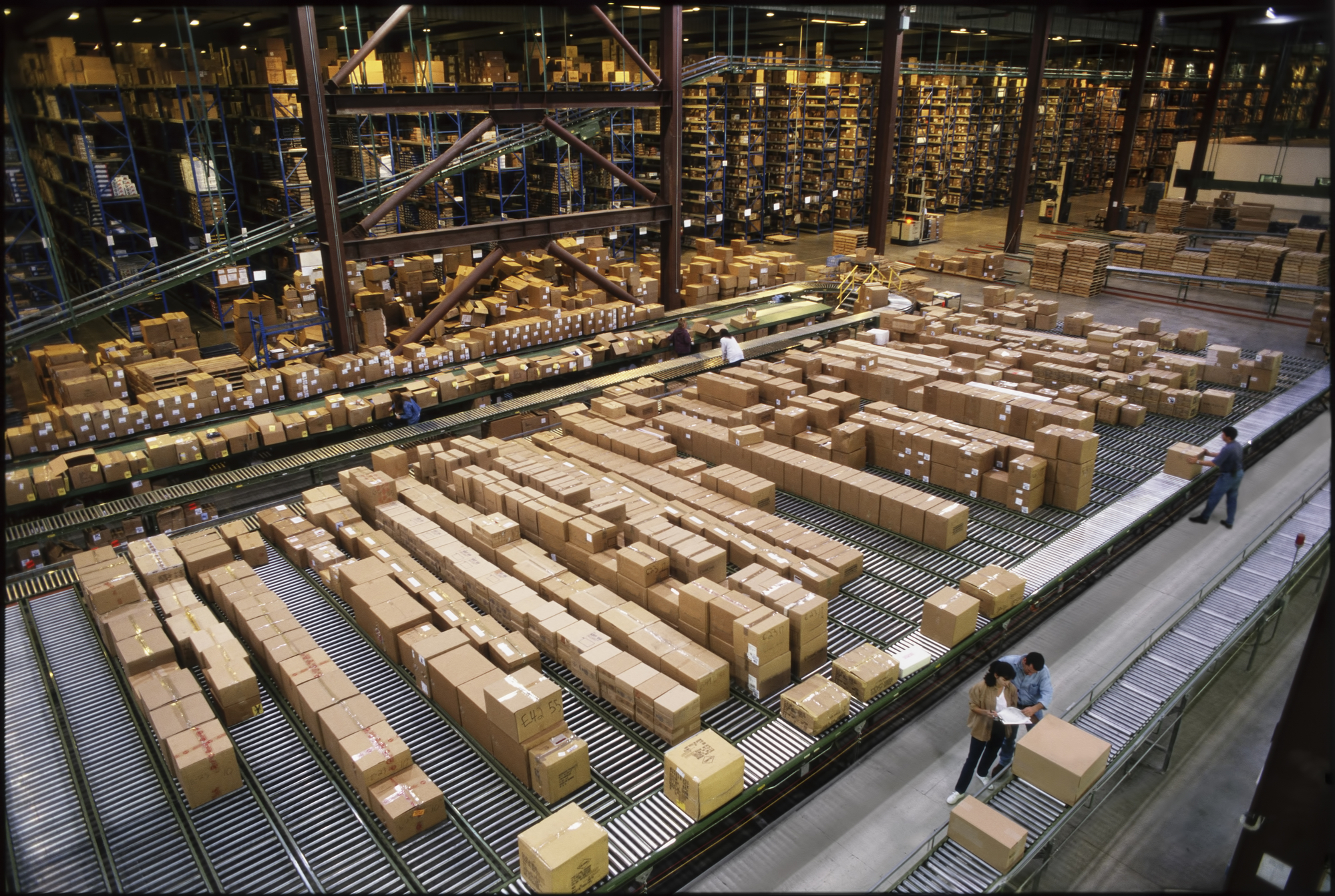Software plays a vital role in supply chain operations. From planning and procurement to transportation and warehouse management, the right tools can save companies time, money, and headaches.
This guide breaks down the most important categories of supply chain software, using real-world examples and use cases to show how each tool helps companies move products more efficiently.
1. Transportation Management Systems (TMS)
What it is: A TMS helps companies plan, execute, and optimize the movement of goods. It can automate carrier selection, track shipments in real time, and analyze performance.
Popular examples:
- Oracle Transportation Management
- SAP Transportation Management
- Project44
Use case: A retailer uses a TMS to compare rates across multiple carriers and choose the cheapest, fastest option for each shipment. It also gets automatic alerts when a delivery is delayed.
2. Warehouse Management Systems (WMS)
What it is: A WMS manages inventory inside a warehouse. It helps control receiving, picking, packing, and shipping, and often integrates with barcode scanning and automation tools.
Popular examples:
- Manhattan Associates WMS
- Blue Yonder WMS
- Infor WMS
Use case: A 3PL uses a WMS to track inventory for multiple clients in one warehouse, reduce picking errors, and improve order accuracy.
3. Enterprise Resource Planning (ERP)
What it is: ERP systems manage core business processes, including finance, procurement, HR, and supply chain. They provide a central hub for data and decision-making.
Popular examples:
- SAP S/4HANA
- Oracle NetSuite
- Microsoft Dynamics 365
Use case: A manufacturer uses an ERP to manage raw material purchasing, track production timelines, and generate financial reports from the same system.
4. Demand Planning and Forecasting Software
What it is: These tools help companies predict future demand for their products based on historical data, market trends, and seasonality.
Popular examples:
- o9 Solutions
- ToolsGroup
- Kinaxis
Use case: A CPG company uses forecasting software to plan inventory ahead of the holiday rush, reducing both stockouts and excess inventory.
5. Inventory Management Software
What it is: This software, focused specifically on tracking inventory levels across different locations, helps companies optimize stock and reduce carrying costs.
Popular examples:
- Netstock
- Zoho Inventory
- Fishbowl
Use case: A small business uses inventory software to sync inventory across its e-commerce store and retail locations, keeping stock levels accurate.
6. Supply Chain Visibility Platforms
What it is: These platforms provide real-time tracking of shipments and inventory across the supply chain, helping companies respond faster to disruptions.
Popular examples:
- FourKites
- Project44
- Shippeo
Use case: A manufacturer uses visibility software to track containers from Asia to U.S. ports, improving lead time accuracy and customer communication.
7. Procurement and Sourcing Software
What it is: Tools that help manage supplier relationships, request quotes, issue purchase orders, and monitor supplier performance.
Popular examples:
Use case: A company uses sourcing software to run competitive bids for new suppliers, evaluate quotes, and automate PO creation.
8. Supply Chain Planning Platforms
What it is: Software that connects all planning activities—demand, supply, inventory, and production—in a single view.
Popular examples:
- Kinaxis RapidResponse
- Blue Yonder
- OMP
Use case: A global brand uses a planning platform to simulate different demand scenarios and plan production based on real-time constraints.
What’s Next?
Choosing the right supply chain software depends on your company size, industry, and goals. Many companies use a mix of these systems, often integrating them through APIs or ERP platforms. As technology evolves, AI and machine learning are being added to many of these tools, offering even smarter ways to plan, track, and optimize the supply chain.





